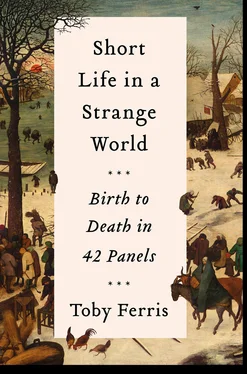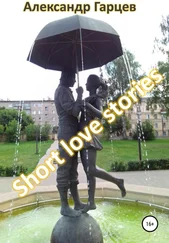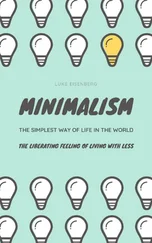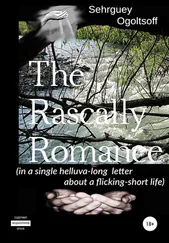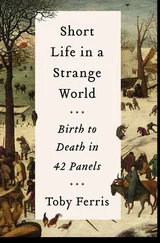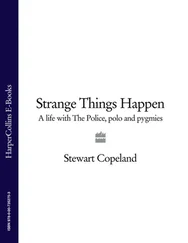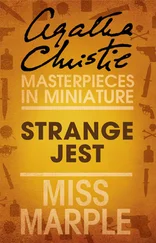I stand in the corner room of the museum, then, observing small differences. Discriminating.
And there is in fact one final difference – a figure, present in the Elder’s panel but absent in all the Younger’s copies, suggesting a late emendation on the father’s part, a final gratuitous flourish of his art: it is the youth pulling on his skates, below the tiny child who cannot yet summon the courage to go out on the ice.
Life is treacherous, says the figure, but we have resources. We have skates. We can make of this treacherous ice our element. Sooner or later, we all pull on our skates and go out on the ice – as the father might have remarked to the son, had he had time.

We have resources: The Census at Bethlehem , detail – Elder (left) and Younger (right).
This whole village, in fact, suddenly seems to be poised by the ice, spilling uncertainly but inevitably over its edges. Just to the right of the large tree by the water a father stands hands in pockets and watches his two small children testing the curious element.
The skater’s absence from all copies (bar one – a recently discovered panel has the skater, suggesting a late, rectifying glimpse of the original, or a post-mortem addition) implies that it was the father who was diverging, making changes on the hoof, inserting figures at the last minute, blotting out the vanishing point in a moment of inspiration, and the son who adhered more faithfully to the earlier version, the cartoon or, more likely, sheaf of cartoons. There is, after all, a sensibility in copying well, an alertness to detail. One of the Younger’s guiding virtues, you could say, was fidelity. Copying is meditative and respectful work, itself a way of thinking.
If he was occasionally caught out by the odd detail it hardly matters. At some point the fractional differences collapse into the far greater mass of similarities. The census is not a record of our individuality in the end, but of our solidarity. Thus there is not a source of pictorial DNA – the Elder – and a series of ever-degrading replications. Rather there are versions of versions all orbiting a hypothetical centre of mass (the cartoon), just as the small children of the village eccentrically orbit the centres of mass set up between them and their parents, and their parents in turn orbit the invisible barycentre which lies between them and their ancestors, and which we commonly call the community . Each of us, present or absent, exerts our own small constant gravitational tug, variable in time, hard to calculate, take account of; but there, nevertheless, in the mass of data points, and the geometry which comprehends it.

Конец ознакомительного фрагмента.
Текст предоставлен ООО «ЛитРес».
Прочитайте эту книгу целиком, купив полную легальную версию на ЛитРес.
Безопасно оплатить книгу можно банковской картой Visa, MasterCard, Maestro, со счета мобильного телефона, с платежного терминала, в салоне МТС или Связной, через PayPal, WebMoney, Яндекс.Деньги, QIWI Кошелек, бонусными картами или другим удобным Вам способом.
